Hyundai Motor was founded in 1967 by the former Chairman of the Hyundai Group, Chung Cho-young. The company is headquartered in Seoul, Korea and the current Chairman is Chung Eui-sun
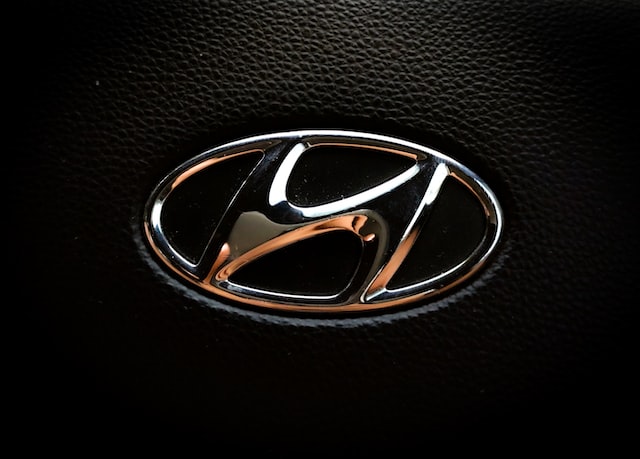
Development history
The first phase
It was the start-up period from 1967 to 1970. In 1970, the Ulsan plant was built with an annual production capacity of 26,000 cars.
In 1940, when he was a young man of 25, Chung Cho-young (Korean: 정주영) founded A-do Service Auto Repair in the midst of the harsh Japanese invasion. With unparalleled hard work and honesty, this garage repaired cars in half the time of its competitors. It was at this time that the dream of building complete cars was set in the mind of Jung Cho-young.
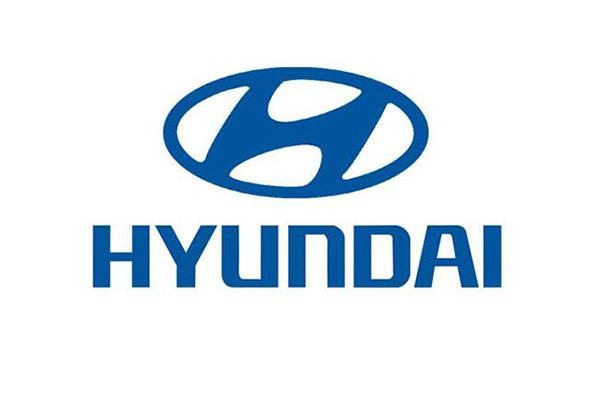
In 1947, a sign was put up in the corner of the garage, and in 1950, Hyundai Civil Engineering Construction merged with Hyundai Motor Industry to create the famous Hyundai Construction Company.
In 1967, Chung established Hyundai Motor with the ambition of developing the automobile industry into a strategic export industry for the Korean economy. The dream of the automobile industry to enrich the country has been passed on in the history and spirit of the growth of Hyundai Motor Group.
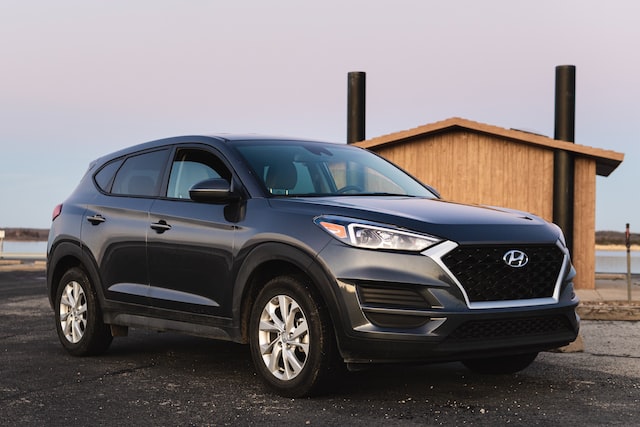
The second stage
The second stage was the period of digestion and absorption from 1970 to 1975. In 1974, Hyundai invested US$100 million in the construction of a new plant with an annual production capacity of 56,000 vehicles, and in 1975, the plant was completed and the rate of localization of small cars reached 100%.
In February 1974, as the first representative director, Chairman Chung Mong-koo actively innovated the auto parts business, laying a solid foundation for the future development of the company.
In June 1974, Hyundai Motor's first mass-produced independent model, the Pony, was launched and exported to Ecuador for the first time in July of the same year. The Pony was the 16th model in the world and the second in Asia to be developed in-house after Japan, marking Korea's entry into the ranks of the world's automotive industry.
The third stage
Hyundai came of age in 1976 with the launch of its own car, the Forney, and in the 1980s Hyundai monopolised the Korean market, breaking up with Toyota and forming an alliance with Mitsubishi to produce the Pony.
In 1983, the Pony was sold to Canada and became a huge hit, selling 79,000 units in 1985. 1986 saw the launch of Hyundai's Super Pony into the US market, selling 160,000 units that year, a miracle in the auto industry and thus establishing Hyundai's international status.
In 1991, the company released its first in-house, independently designed powertrain, the Alpha engine. Two years later, the Beta engine was launched, and in January 1992 Hyundai's vision of the future was first described to the automotive world with its concept model, the HCD-1. This test model started an exciting tradition of concept cars, and subsequent products included a series of HCD concept models.
In 1998, Hyundai had a difficult year. Sales in the domestic market were seriously down. However, with the introduction of the EF Sonata sonata and XG models, Hyundai's new models were a success and gained the highest esteem in the international press. Not only that, but exports continued to grow rapidly due to favourable export conditions, which partially offset the decline in sales in the domestic market. This period was also marked by mergers and the restructuring of the company's industrial structure. The acquisition of the Kia/Asia car plant and the merger with HPI and HMS enabled Hyundai to achieve the economies of scale required to compete in the global market.
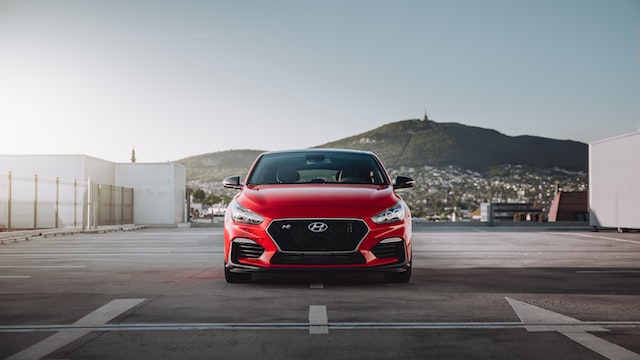
The year 1999 was a very active and productive year for Hyundai. Following the success of the EF Sonata and Grand Prix XG in 1998, Hyundai launched its four newest models: the Century Centennial, the Accent Accent, the Coolpix coupe variant and the Trajet, Hyundai's first MPV. With its successful launch, Hyundai entered a new segment of the world car market and further broadened Hyundai's vast model range.
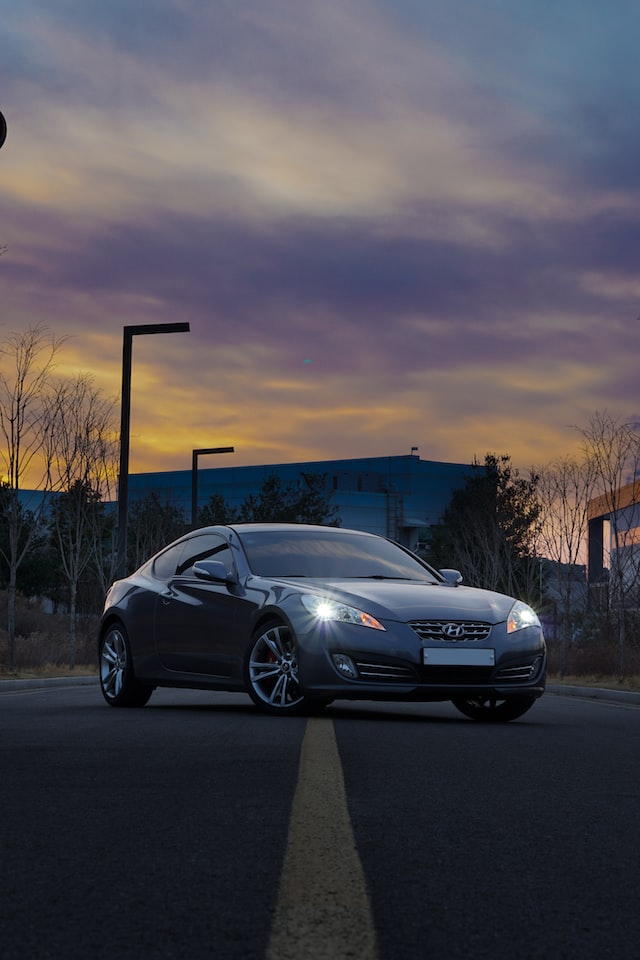
The birth of the Hyundai Motor Group in September 2000 was a turning point in the leap forward of the Korean automotive industry. The Hyundai Motor Group, consisting of more than 10 subsidiaries including Hyundai Seiko, Incheon Steel and Hyundai Capital, began to increase synergies and strengthen the competitiveness of the Group.
In 2001, 2.23 million vehicles of all kinds were produced, with sales of US$17 billion and net profit of approximately US$900 million. Compared to 2000, this represents an apparent growth of 23.4% and a real increase of 74.5% in profit, proving that Hyundai is growing by leaps and bounds as a world-class car manufacturer. In particular, about 60 per cent of all sales are exported and overseas markets are expanding. As a result of the rapid growth, Hyundai Motor Group (including Kia) is ranked seventh in the world in terms of sales.
In 2002, the Hyundai Motor Group's challenge to the world began in the vast Chinese mainland. Here Hyundai coined the buzzword "Hyundai Speed". It took Hyundai only five years to enter the era of one million units of total production in the Chinese market, starting with the mid-sized car market.
In 2005, in order to transform itself into a successful car manufacturer, Hyundai started building the Alabama plant in the USA in April 2002 and completed it in May 2005. From then on, the pace of entry into the highly competitive American market was accelerated.
The year 2006 was the most outstanding year for quality management since the establishment of the Group. In the 2006 New Car Quality Survey organised by J.D. Power, a US market research agency, Hyundai surpassed Honda, Jaguar and Toyota, ranking third among all brands and topping the list of popular brands. This has also set the stage for Hyundai to win this award again with the highest score since 2009.
In March 2006, it signed an official World Cup partner agreement in Switzerland for the period 2007 to 2014, becoming the World Cup partner among the world's automotive companies sponsoring the World Cup, thus enhancing the value and image of the brand. The company's brand was ranked 182nd in the 2006 World Brand 500 list by the World Brand Lab. The company was ranked 76th in the Fortune Global 500 list of the world's largest companies in 2007.
In 2007, the Kia Motors plant in Slovenia was established, and in 2008, the Hyundai Motor Czech plant was completed. Hyundai Motor has thus established an integrated local management system in Europe, following the United States, China and India, and has improved the quality of product supply and price competitiveness through the joint establishment of parts companies, thus greatly enhancing the synergy effect.
Seven years after the establishment of the "Global Top 5" vision in 2002, Hyundai Motor Group finally achieved this unthinkable goal in 2009, which has gained worldwide attention.
In 2010, through continuous technological innovation, Hyundai Motor Group's first in-house developed "Tau engine" was selected as one of the "Top 10 Best Engines" for three consecutive years in 2008, 2009 and 2010, demonstrating that Hyundai Motor Group's technology has been recognized by the global market.
Hyundai built a 150,000-vehicle-per-year production plant in the St. Petersburg region of Russia. Thus, after the Czech Republic and Turkey, Hyundai has established a local plant in Russia, completing the Hyundai Motor Group's production system in the entire European continent and greatly accelerating the pace of developing the European market.
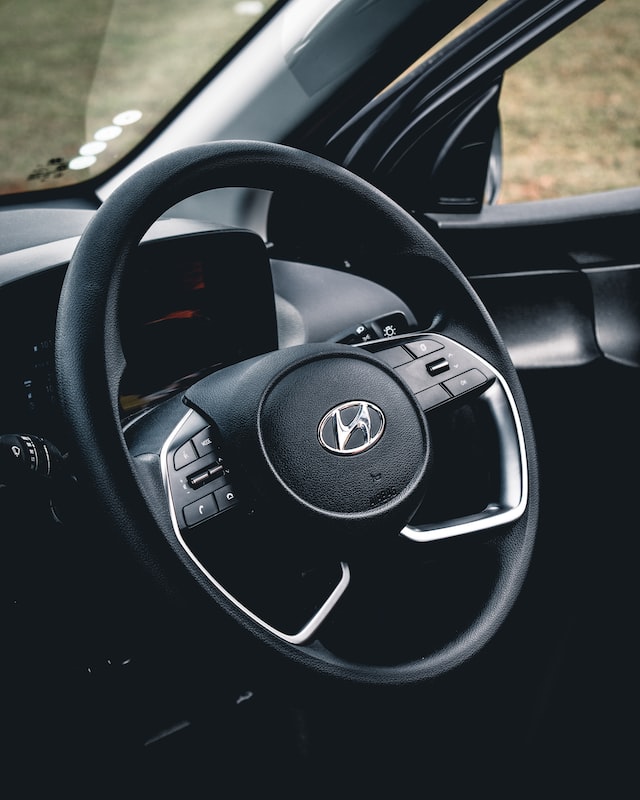
In March 2022, according to foreign media reports, Hyundai announced that it would launch a new dedicated electric vehicle architecture in 2025: Integrated Modular Architecture (IMA).
In March 2022, Hyundai Motor Company officially announced its entry into the used car market and unveiled its first detailed business plan, with the automaker selecting only used vehicles of its own brand with a production date of less than 5 years and a mileage of 100,000 km, to be sold mainly online. On 2 May, South Korea's Asia Daily reported that Hyundai had officially begun its foray into Southeast Asia with electric cars as a spearhead, intending to disrupt the market landscape in Southeast Asia, where Japanese cars dominate.
On 20 May 2022, South Korea's Hyundai Motor Group said it plans to invest about US$5.54 billion to build its first dedicated all-electric vehicle and battery manufacturing plant in the United States.
According to foreign media reports, Hyundai Motor Group announced in May 2022 that it would continue to invest US$5 billion (approximately Rmb33.55 billion) in the US by 2025 to strengthen cooperation with US companies in advanced technologies such as robotics, urban air traffic, autonomous driving and artificial intelligence.
For its part, Hyundai Motor Group said that robotics is an important part of the group's transformation into a smart mobility solutions provider. The group previously acquired Boston Dynamics and hopes to improve people's quality of life through a range of mobility solutions.
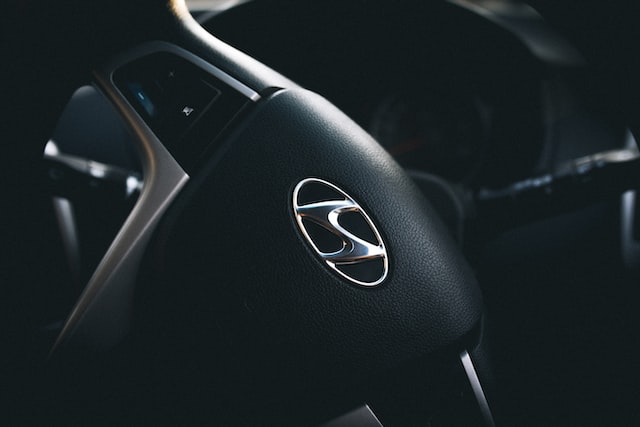
Hyundai has also been ramping up its self-driving technology in recent years and is responding to the rapid shift in the automotive industry through its joint venture with Amphoe, Motional, which is currently road testing self-driving taxis in the US and hopes to start offering commercial services in 2023. For its part, Hyundai Motor Group said it will actively support Motional to make self-driving technology safer, more reliable and more convenient for consumers in the US and other countries. Hyundai Motor Group said it will work with its US partners in a number of areas to accelerate the realisation of driverless technology.